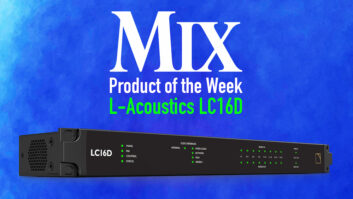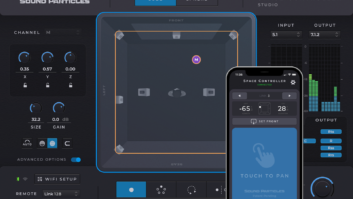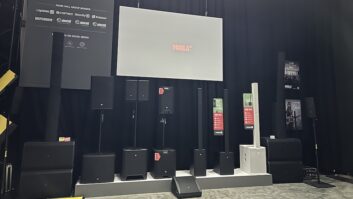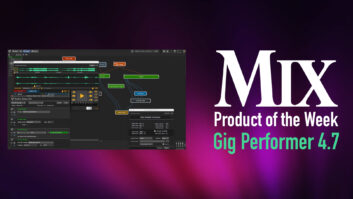Some processing plug-ins are useful not only for their sound quality but for their predictability. You know what they’ll give you when you open them up on a track or bus.
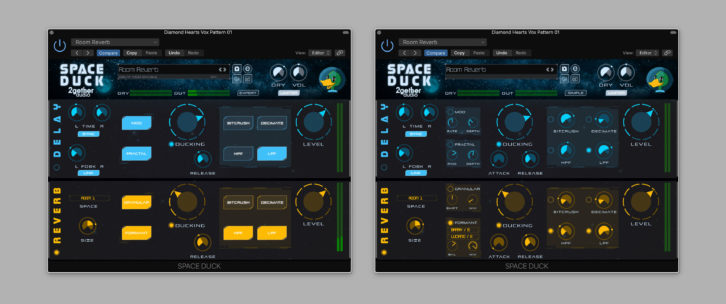
Then there are those that produce less-predictable results but which inspire your creativity. Space Duck, a ducking delay and reverb plug-in for Mac and Windows from 2getheraudio, falls squarely into the latter category. In the brief time I’ve been using it, I’ve created settings that I otherwise would never have thought of.
Space Duck has two main sections: Delay and Reverb. They’re stacked vertically, and you can turn them on and off individually. Presumably, the signal flows through the former into the latter.
I say presumably because the plug-in doesn’t appear to have a manual, just a couple of tutorial videos and a description on the 2getheraudio site. Usually, the lack of a manual would be problematic, but you don’t need one to figure out how to get results out of Space Duck. Experimentation is part of the fun and the process with this product.
You can open either a mono-to-stereo or stereo instance of Space Duck; it doesn’t offer a mono component. The GUI defaults to Simple View, which hides some of the controls, or you can switch to Expert View, which shows them all. Global controls include a knob for the amount of dry signal, a master volume, an output limiter, and meters for dry signal amount and output.
Read more Product of the Week: PreSonus StudioOne 5 Professional.
The Delay section features standard controls such as left and right Time (free or synched to tempo), left and right or linked Feedback, and delay Output level. Then there are the more creative features such as Fractal, which lets you dial in a resonant filter, and Mod, which adds modulation.
You’ll also find Ducking controls in the Delay, which reduce the effect as the incoming signal gets stronger, allowing the dry sound to poke through. The Reverb section has a separate Ducking circuit with identical controls.
You can also alter the delayed signal with adjustable Bitcrush and Decimate circuits, along with High- and Low-Pass filters. The Reverb section has an identical set of these, as well.
The Reverb offers a selection of impulse responses, including nine Halls, nine Rooms and nine Plates, and a Size control. You also get a Granular effect and a Formant filter. The latter lets you dial in two simultaneous vowel formants that you hear in the reverberated audio.
Space Duck will be particularly useful for those working on EDM or other electronic music or sound design. You could also use it for more conventional reverb and delay processing, such as on vocals, where the Ducking filter could come in handy. But based on the features and presets, it appears that 2getheraudio designed Space Duck mainly for when you want to take your sound beyond realism.
As with all of its products, 2getheraudio sells the plug-in on a sliding-scale, “you choose the price” basis. For Space Duck, the highest option is $100 and the lowest at $10. The company donates 10 percent of all proceeds to charity (you can choose from four different ones), which is pretty cool.
